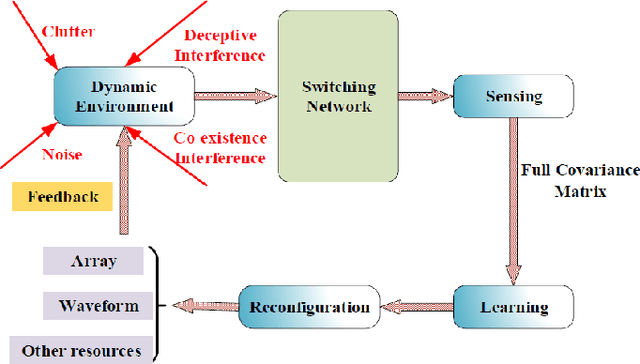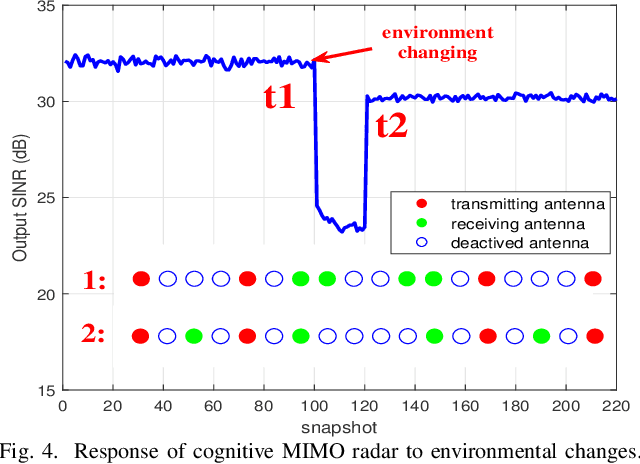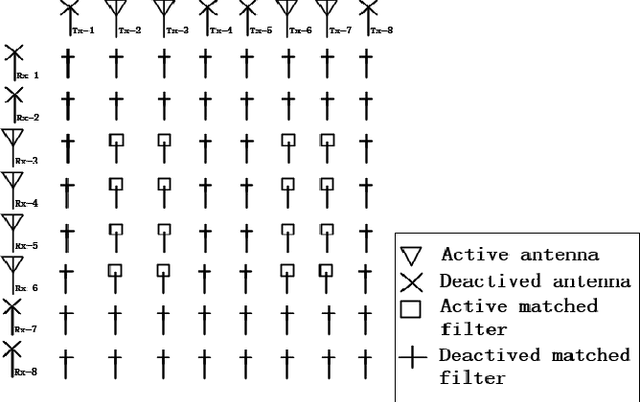Xiangrong Wang
Saliency-Aware Regularized Graph Neural Network
Jan 01, 2024Abstract:The crux of graph classification lies in the effective representation learning for the entire graph. Typical graph neural networks focus on modeling the local dependencies when aggregating features of neighboring nodes, and obtain the representation for the entire graph by aggregating node features. Such methods have two potential limitations: 1) the global node saliency w.r.t. graph classification is not explicitly modeled, which is crucial since different nodes may have different semantic relevance to graph classification; 2) the graph representation directly aggregated from node features may have limited effectiveness to reflect graph-level information. In this work, we propose the Saliency-Aware Regularized Graph Neural Network (SAR-GNN) for graph classification, which consists of two core modules: 1) a traditional graph neural network serving as the backbone for learning node features and 2) the Graph Neural Memory designed to distill a compact graph representation from node features of the backbone. We first estimate the global node saliency by measuring the semantic similarity between the compact graph representation and node features. Then the learned saliency distribution is leveraged to regularize the neighborhood aggregation of the backbone, which facilitates the message passing of features for salient nodes and suppresses the less relevant nodes. Thus, our model can learn more effective graph representation. We demonstrate the merits of SAR-GNN by extensive experiments on seven datasets across various types of graph data. Code will be released.
Cognitive-Driven Optimization of Sparse Array Transceiver for MIMO Radar Beamforming
Mar 04, 2021



Abstract:Cognitive multiple-input multiple-output (MIMO) radar is capable of adjusting system parameters adaptively by sensing and learning in complex dynamic environment. Beamforming performance of MIMO radar is guided by both beamforming weight coefficients and the transceiver configuration. We propose a cognitive-driven MIMO array design where both the beamforming weights and the transceiver configuration are adaptively and concurrently optimized under different environmental conditions. The perception-action cycle involves data collection of full virtual array, covariance reconstruction and joint design of the transmit and receive arrays by antenna selection.The optimal transceiver array design is realized by promoting two-dimensional group sparsity via iteratively minimizing reweighted mixed L21-norm, with constraints imposed on transceiver antenna spacing for proper transmit/receive isolation. Simulations are provided to demonstrate the "perception-action" capability of the proposed cognitive sparse MIMO array in achieving enhanced beamforming and anti-jamming in dynamic target and interference environment.
Adaptive Sparse Array Beamformer Design by Regularized Complementary Antenna Switching
Mar 04, 2021



Abstract:In this work, we propose a novel strategy of adaptive sparse array beamformer design, referred to as regularized complementary antenna switching (RCAS), to swiftly adapt both array configuration and excitation weights in accordance to the dynamic environment for enhancing interference suppression. In order to achieve an implementable design of array reconfiguration, the RCAS is conducted in the framework of regularized antenna switching, whereby the full array aperture is collectively divided into separate groups and only one antenna in each group is switched on to connect with the processing channel. A set of deterministic complementary sparse arrays with good quiescent beampatterns is first designed by RCAS and full array data is collected by switching among them while maintaining resilient interference suppression. Subsequently, adaptive sparse array tailored for the specific environment is calculated and reconfigured based on the information extracted from the full array data. The RCAS is devised as an exclusive cardinality-constrained optimization, which is reformulated by introducing an auxiliary variable combined with a piece-wise linear function to approximate the $l_0$-norm function. A regularization formulation is proposed to solve the problem iteratively and eliminate the requirement of feasible initial search point. A rigorous theoretical analysis is conducted, which proves that the proposed algorithm is essentially an equivalent transformation of the original cardinality-constrained optimization. Simulation results validate the effectiveness of the proposed RCAS strategy.
Sparse Array Transceiver Design for Enhanced Adaptive Beamforming in MIMO Radar
Feb 20, 2021


Abstract:Sparse array design aided by emerging fast sensor switching technologies can lower the overall system overhead by reducing the number of expensive transceiver chains. In this paper, we examine the active sparse array design enabling the maximum signal to interference plus noise ratio (MaxSINR) beamforming at the MIMO radar receiver. The proposed approach entails an entwined design, i.e., jointly selecting the optimum transmit and receive sensor locations for accomplishing MaxSINR receive beamforming. Specifically, we consider a co-located multiple-input multiple-output (MIMO) radar platform with orthogonal transmitted waveforms, and examine antenna selections at the transmit and receive arrays. The optimum active sparse array transceiver design problem is formulated as successive convex approximation (SCA) alongside the two-dimensional group sparsity promoting regularization. Several examples are provided to demonstrate the effectiveness of the proposed approach in utilizing the given transmit/receive array aperture and degrees of freedom for achieving MaxSINR beamforming.
Memory-Attended Recurrent Network for Video Captioning
May 10, 2019



Abstract:Typical techniques for video captioning follow the encoder-decoder framework, which can only focus on one source video being processed. A potential disadvantage of such design is that it cannot capture the multiple visual context information of a word appearing in more than one relevant videos in training data. To tackle this limitation, we propose the Memory-Attended Recurrent Network (MARN) for video captioning, in which a memory structure is designed to explore the full-spectrum correspondence between a word and its various similar visual contexts across videos in training data. Thus, our model is able to achieve a more comprehensive understanding for each word and yield higher captioning quality. Furthermore, the built memory structure enables our method to model the compatibility between adjacent words explicitly instead of asking the model to learn implicitly, as most existing models do. Extensive validation on two real-word datasets demonstrates that our MARN consistently outperforms state-of-the-art methods.
 Add to Chrome
Add to Chrome Add to Firefox
Add to Firefox Add to Edge
Add to Edge